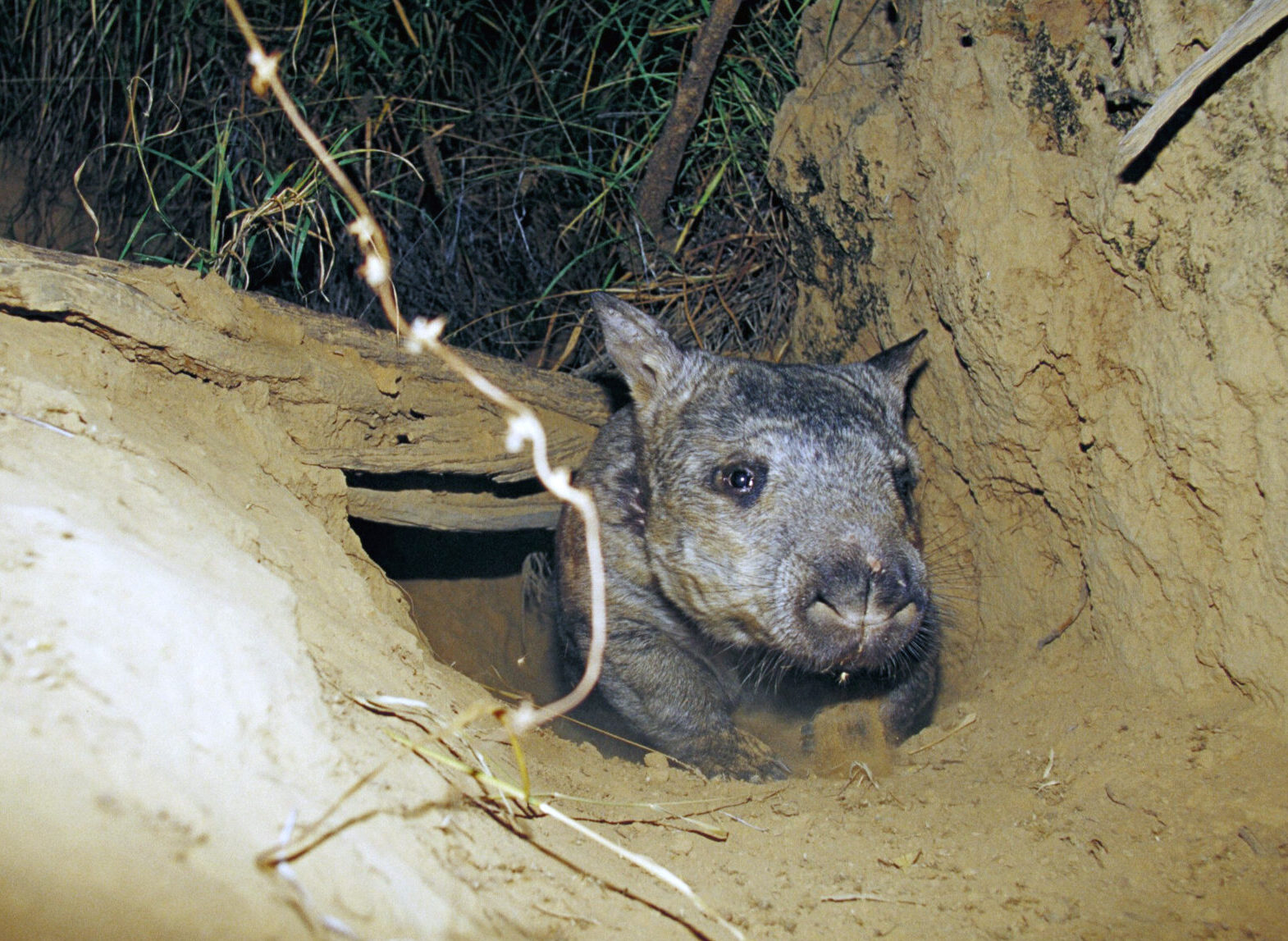| Common name | Australian king-parrot |
| Scientific name | Alisterus scapularis |
| Type | Bird |
| Diet | Omnivorous, feeding on insects, berries, and nectar |
| Average lifespan | Around 25 years |
| Size | 41 - 43cm |
If you live on the east coast of Australia, you might be lucky enough to catch a glimpse of bright green and red feathers amongst your backyard treetops. Growing in abundance within well-treed suburbs, the strikingly colourful plumage belongs to the Australian king-parrot, a welcomed visitor that prefers to fly below tree level, weaving in and out of the tree trunks.
With a distinctly loud, high-pitched whistle and a rolling ‘carr-ack’ call whilst flying, the Australian king-parrot calls the east coast and ranges of Australia home. From as far north as Cooktown in Queensland, all the way down to Port Campbell in Victoria, these birds are seen in small groups, sometimes flying alongside various species of rosella.
Rainforests and wet sclerophyll forests are the king-parrot’s preferred habitat, where they can forage in the trees and on the ground for seeds and fruit. While it isn’t unusual to spot the bird in suburbia, if disturbed, they usually fly off quickly accompanied by a loud screech and often don’t land again until completely out of view.
During breeding season between September and January, the Australian king-parrot lays its eggs on a bed of decayed wood dust, at the very bottom of a deep hollow in a tree trunk. The entrance to the tree can be as high as 10 metres in the air, with the eggs nestled deep within its trunk, near the ground, at a height of just 0.5 metres. Around five eggs are incubated for a period of 20 days, kept safe and cool within the tree trunk, especially on Australia’s hot summer days.

Occasionally bred in aviaries, king-parrots can be calm and quiet household pets if hand-raised. Unlike some of their talkative relatives, the Australian king-parrot has a limited ‘talking’ ability and prefers not to be handled, despite bonding readily with people.
Although famous for their distinctly red and green feathers, some king-parrot wing feathers appear to have a yellow glow when viewed under ultraviolet light. Whilst humans have three types of cones in their retina, many birds have four, and this allows them to see into the ultraviolet wavelengths.












